List of tourist attractions in Papua New Guinea
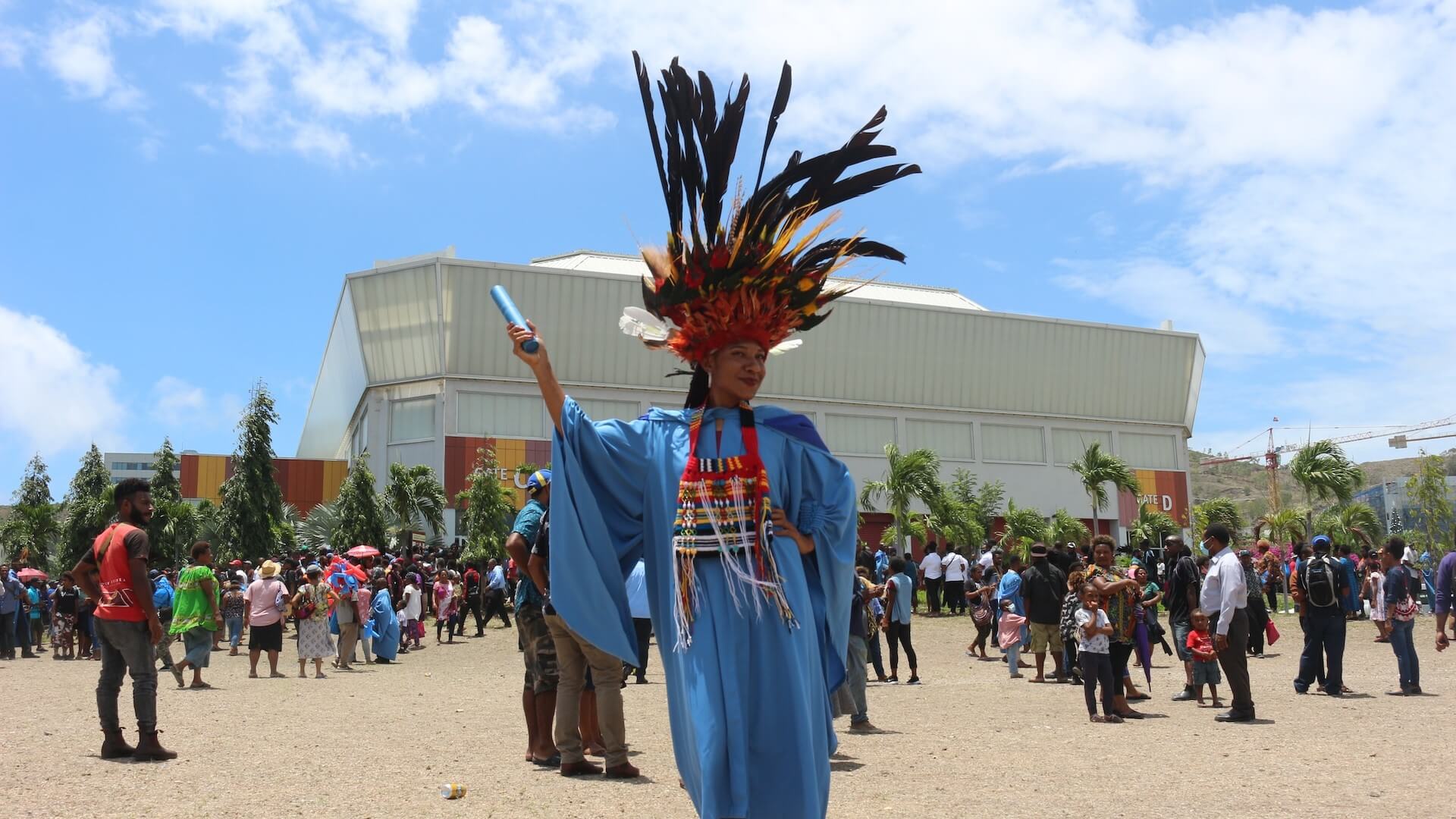
Papua New Guinea is rich in tourism resources and has great potential for development. The capital, Port Moresby, with its stunning tropical nature, is Papua New Guinea's first city, backed by the Owen Stanley Mountains and bordered by the bay on the outskirts of the city, making it a natural harbor.
In addition to its natural beauty, Port Moresby has a number of buildings worth seeing, represented by the Papua New Guinea Parliament Building, whose front wall, decorated with three-dimensional paintings and carvings, is a reflection of Papua New Guinea's past and future.
PORT MORESBY, the capital
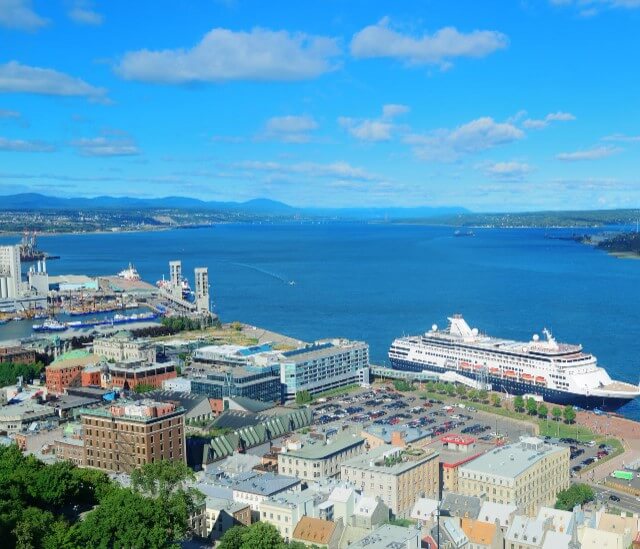
PORT MORESBY is located in the Central Province of the Papua Coast, with a total area of 253 square kilometers and a population of 300,000. With the Owen Stanley Mountains as a barrier, it is surrounded by water on two sides, with the natural harbor of Fairfax Bay on one side and the coral-lined sea on the other, the beauty of the mountains and the water.
There are many "water villages" built on the sea near the sea. A thatched house from the sea 2-3 meters high, with thin wooden piles as the foot from the water, as far as possible, as if hanging in the air.
Port Moresby's natural landscape and climate are excellent, but its not-so-good security situation, air pollution caused by lack of attention to environmental protection, and expensive prices that do not match the city's condition, make it difficult to become a tropical tourist destination that the world wants.
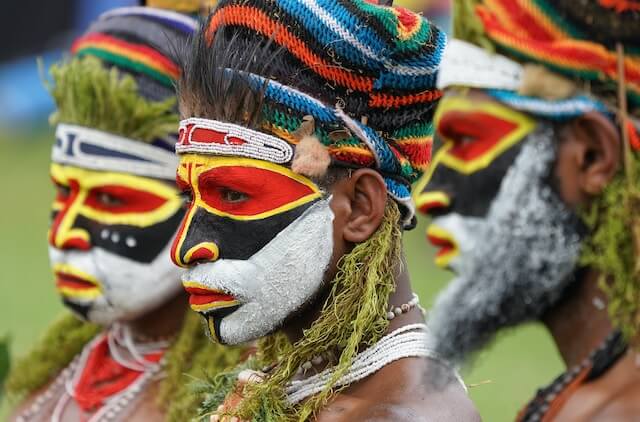
Indigenous culture is another impressive aspect of Port Moresby, with its warm songs and dances, primitive masks and ancient rituals, which are the most essential expression of Port Moresby.
National Botanical Gardens
The National Botanical Gardens, established in 1971, is located just outside the University of Papua New Guinea. This green paradise has a diverse wildlife population and a large number of orchids in addition to lawns. The flora of the greenhouse contains species from almost every region of the country and abroad.
In addition to plants, there are also many animals such as kangaroos, polecats, American-crowned parrots, nectar-sucking parrots, and many more. The park is also home to a large snake, which is not found anywhere else in the world.
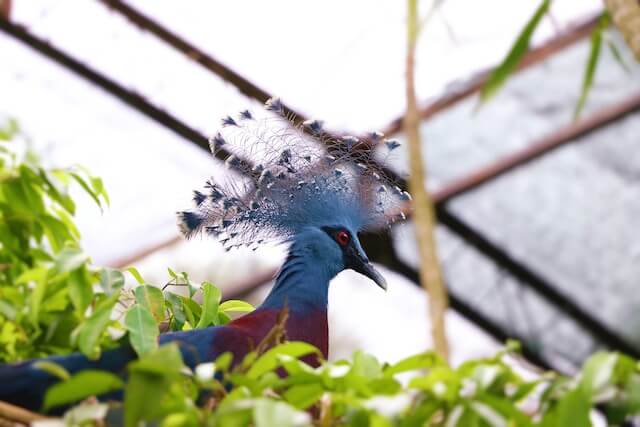
Vallarta National Park
Located at the western end of the Sogeri Plateau in the Central Region, 42 kilometers from Port Moresby and 30 minutes from there, this is the first park of its kind in Papua New Guinea and was established to protect the natural wildlife, the natural landscape and the Koiari culture.
The park is clearly marked with interlocking paths, dense jungle-like in places, and large green lawns and barbecue areas with great views of the city of Port Moresby. It is also a place to spot birds, most often kingfishers and polecats leaping from tree branches, and animals include wild wallabies, tree-climbing kangaroos and deer.
Motaka Wildlife Sanctuary
Motaka Wildlife Sanctuary is an important sanctuary and one of the main tourist attractions in Papua New Guinea, located in Port Moresby. The interior of the Motaka Wildlife Sanctuary is unspoiled and still thrillingly beautiful. In the reserve you can also see large crocodiles, which are fed for a comprehensive study of their behavior.
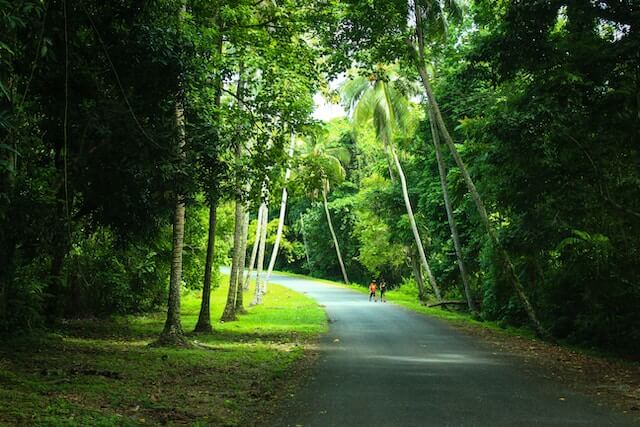
The reserve is also involved in the conservation of endangered and rare animals. You can walk through the rainforest and see the local wildlife and a variety of birds, among them the precious polecat. There are more than 40 species in the polecat family, and Papua New Guinea is home to more than 30 species, and the reserve is open to the public every Friday from 2pm to 4pm.
Kokoda Trail
Today the 90km Kokoda Trail is the most popular hiking trail in Papua New Guinea. It is rugged, with steep ridges and muddy river gorges along the way, and is one of the world's truly adventurous hiking trails.
The entire trek takes you through swamps, across rivers, over bridges and causeways, with panoramic views of the city and the culture of the local villages along the way. The final destination is the village of Kokoda. Visitors would do well to arrive during the dry season, with August and September being the best times, and be sure to wear comfortable shoes, shelter from the rain and medical equipment.
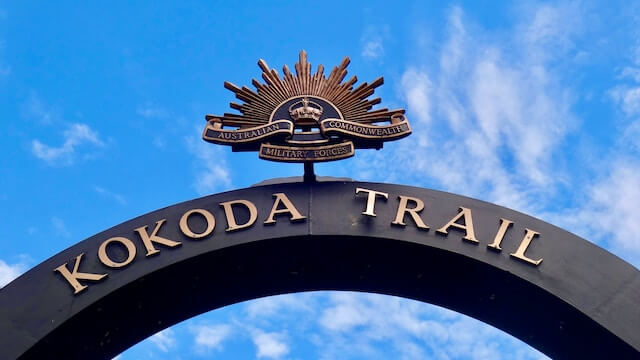
Kukoko Early Agricultural Site
The Kukoko Early Agricultural Site includes 16 hectares of wetlands located at an elevation of 1,500 meters above sea level in southern New Guinea. Archaeological excavations have revealed that the landscape was one of the transformed wetlands of the day and survived for 7,000 to 10,000 years. It includes well-preserved archaeological remains that demonstrate a technological leap forward in the conversion of plant gathering into agricultural activity some 6,500 years ago.
The early agricultural sites at Cuco are strong evidence of historical changes in agricultural practices, reflecting independent agricultural development and transformation of agricultural practices over that long period of time, of which there are only a few in the world.

